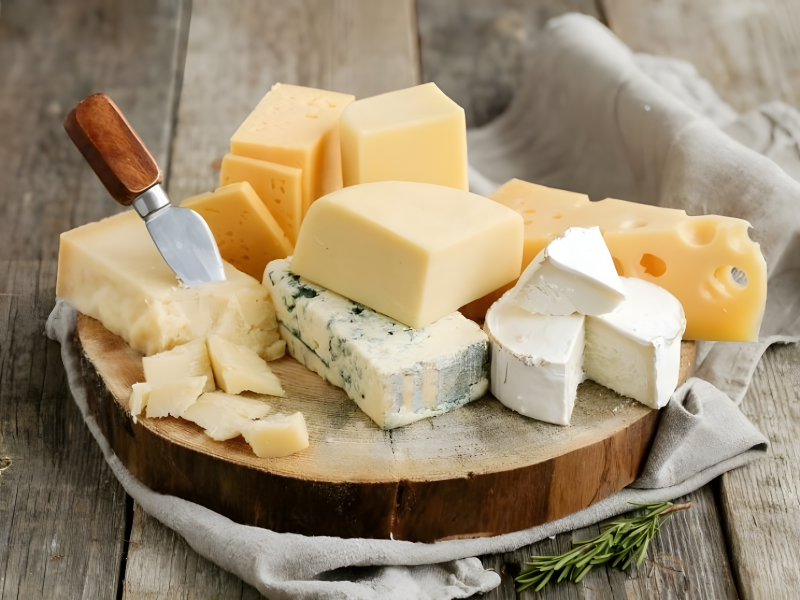30 Unhealthy Foods From Our Regular Diet
Cheese

Understanding Cheese Production and Quality Cheese is a beloved dairy product, but not all cheeses are created equal. Here’s a closer look at the differences between real cheese and cheaper alternatives:
Key Points: Ingredients for Real Cheese
To make one kilogram of real cheese, approximately ten liters of milk, along with rennet, starter culture, and salt, are required. This process results in a product rich in nutrients. Cheese Products vs. Real Cheese
Many affordable cheeses on the market are actually cheese products made with: Starch: Often used as a filler. Vegetable Oils: Used to reduce production costs. These products may mimic the taste and texture of cheese but lack the nutritional benefits. Nutritional Comparison
Real cheese is typically higher in: Calcium: Essential for bone health. Protein: Provides readily digestible protein. Phosphorus: Important for energy production and bone health. Cheese products often contain lower levels of these nutrients and may include additives and preservatives. Conclusion When choosing cheese, it’s important to differentiate between real cheese and processed cheese products. Opting for real cheese ensures you receive the nutritional benefits associated with dairy, while avoiding fillers and unhealthy additives commonly found in cheaper alternatives.






